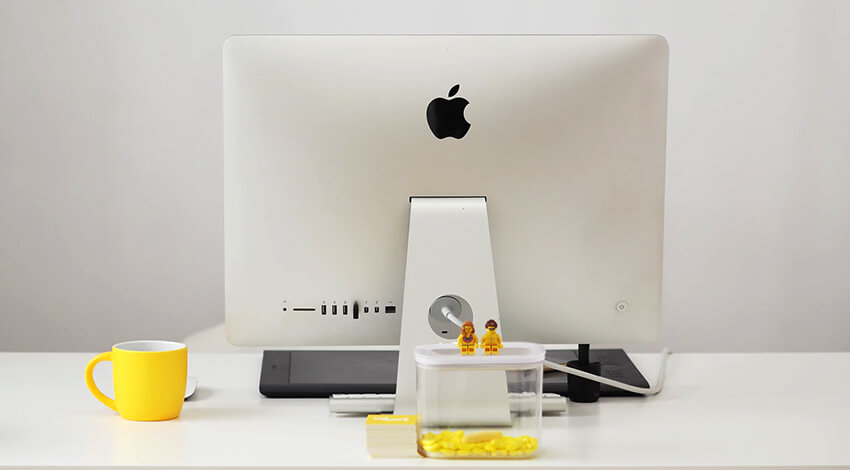Moving iPhoto library to Lightroom is not a big deal, especially after Adobe has integrated a plug-in that enables import in a couple of clicks. However, many users still fear to do it for some unknown reasons. Probably they think that only tech-savvy users can handle it or probably they simply didn’t find a clear step-by-step guide for how to do it. If you are one of such users, this post is for you. Here, we’ll discuss how to easily import iPhoto library to Lightroom both manually or via a plug-in. Let’s start!
Stage One
To start import via a plug-in, follow this step:
- Launch Lightroom and click File in the top menu bar;
- From the drop-down menu, select Plug-in Extras;
- Here, choose ‘Import from iPhoto Library’ to move your iPhoto library to Lightroom.
If the ‘Import from iPhoto Library’ section doesn’t show up here, move on to the steps described in the next stage.
Stage Two
If the previous step hasn’t solved your problem, check whether you have installed a plug-in for iPhoto import:
- When Lightroom is opened, hit File tab in the top menu bar and select Plug-in Manager.
- Here, check the directory of installed plug-ins to find ‘Aperture/iPhoto Importer Plug-in’.
- Make sure that it has ‘Installed and running’ status (written right under the plug-in’s name).
- If there is no text underneath, enable the plug-in by clicking the button on the left.
If you didn’t find the plug-in in the catalog, read the information below.
If the Previous Steps Don’t Work, Download Plug-in and Install It
If the ‘Aperture/iPhoto Importer Plug-in’ plugin isn’t installed on your Mac, download its installation file from Adobe and follow the steps below:
- Unzip your download.
- Open Finder, hold down the Alt/Option key and click on the Go tab in the top menu bar.
- Choose Library section from the drop-down menu (note that it won’t show up until you hold the Option key).
- Here, go to Application Support folder –> Adobe folder –> Lightroom folder –> Module folder. Module is the folder where you’ll drag the plug-in. If you don’t have this folder, create it and name Modules. After the plug-in is dragged, relaunch Lightroom. If after this procedure, the cherished ‘Import from iPhoto Library’ section hasn’t shown up, open the Plug-in Manager and switch it on.

What to Do After You Click on ‘Import from iPhoto Library’
If everything is ok, you already have ‘Import from iPhoto Library’ section, do the following:
- In the appearing window, you’ll see your iPhoto Library presented in the upper part, over the Lightroom library (where you are supposed to move your photos). If the iPhoto library hasn’t appeared there, hit the button ‘Select’ on the right and choose your library.
- After it’s done, just click the button ‘Import’ in the bottom part of this window.
- Now it’s done, and all you have to do is wait until all your photos are imported to Lightroom. It isn’t a quick process. The amount of time you need will depend on the size of your iPhoto library.
- When the import is over, your iPhoto library will appear as a Collection set in the Collections panel. If you want to stop the import, just hit the ‘Done’ button. The dialog will appear after that to let you know whether any face-tags used in iPhoto were converted to keywords within the ‘iPhoto Features’ category and added to the Keyword list panel in Lightroom.
You see, importing iPhoto library via plug-in lets you save all edits and preferences you have had in iPhoto.
Move iPhoto Library Manually
If you don’t want to deal with a plug-in or probably want to delete duplicates in iPhoto (edited photos) and keep originals, import iPhoto library manually:
- Go to iPhoto Library file, then right-click on it;
- From the popup menu, select ‘Show Package Contents’;
- In this folder, find the folder named ‘Masters’;
- Right-click on the folder and select ‘Duplicate’ option;
- Drag the duplicated folder out of iPhoto and move to wherever you keep Lightroom photos;
- Drag this folder over the icon of the Lightroom app in the Dock panel, and it will move all images to Lightroom.
This way is easier, but photo import will also require much time.
Some Final Thoughts
You see, moving your iPhoto library to Lightroom doesn’t require extra proficiency, and the good news is that these methods are also applicable to Aperture. So, if you haven’t imported your Aperture library, save this post for the future.

